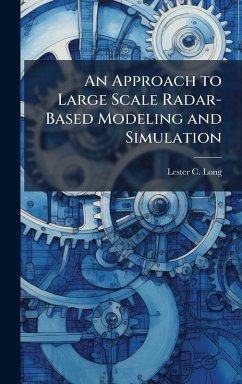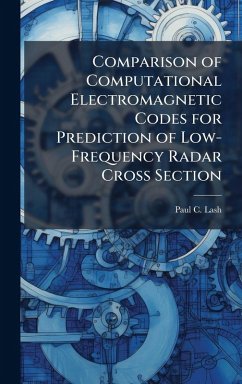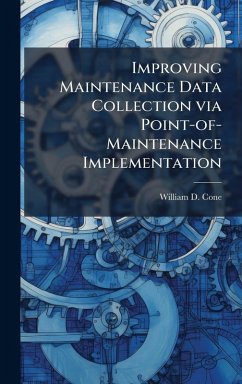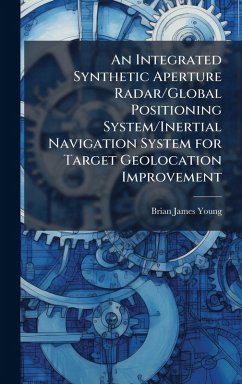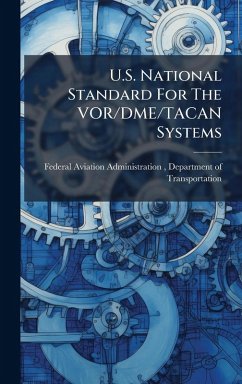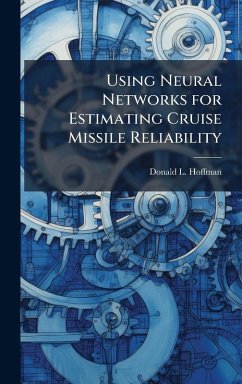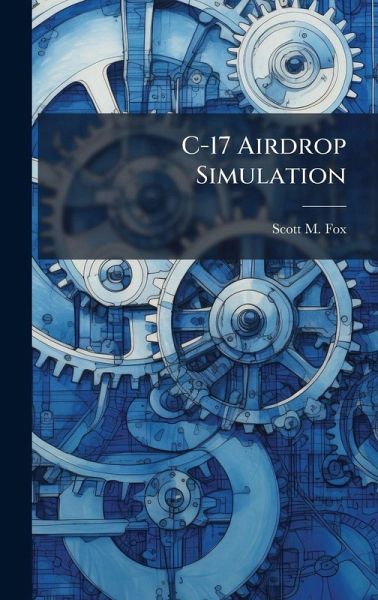
C-17 Airdrop Simulation
Versandkostenfrei!
Versandfertig in über 4 Wochen
28,99 €
inkl. MwSt.
Weitere Ausgaben:

PAYBACK Punkte
14 °P sammeln!
We develop an object-oriented simulation that models the airdrop mission of the newest U.S. transport aircraft, the C-17 Globemaster III. The simulation, written in MODSIM III, is based on three basic object types: a C-17, a wake vortex, and a paratrooper. The aircraft object provides the required aerodynamic constants for simulating the wake vortices generated off each wing tip; the vortex object includes velocity field and decay models as well as a position algorithm; and, the paratrooper object implements a 6-degree of freedom trajectory model. After considering two validation scenarios, we...
We develop an object-oriented simulation that models the airdrop mission of the newest U.S. transport aircraft, the C-17 Globemaster III. The simulation, written in MODSIM III, is based on three basic object types: a C-17, a wake vortex, and a paratrooper. The aircraft object provides the required aerodynamic constants for simulating the wake vortices generated off each wing tip; the vortex object includes velocity field and decay models as well as a position algorithm; and, the paratrooper object implements a 6-degree of freedom trajectory model. After considering two validation scenarios, we generate vortex encounter information for various formations and wind conditions, and quantify the associated risk of paratrooper/vortex encounters in a potential encounter rate. Time over the DZ is a primary concern in any airdrop operation, and the results of this analysis form a tool that allows the ground commander to assess the risk involved in decreasing that time. We also present a 3D visualization of the simulation output that may be used for mission planning and prototyping of new aircraft formations or tactics. This work has been selected by scholars as being culturally important, and is part of the knowledge base of civilization as we know it. This work was reproduced from the original artifact, and remains as true to the original work as possible. Therefore, you will see the original copyright references, library stamps (as most of these works have been housed in our most important libraries around the world), and other notations in the work. This work is in the public domain in the United States of America, and possibly other nations. Within the United States, you may freely copy and distribute this work, as no entity (individual or corporate) has a copyright on the body of the work. As a reproduction of a historical artifact, this work may contain missing or blurred pages, poor pictures, errant marks, etc. Scholars believe, and we concur, that this work is important enough to be preserved, reproduced, and made generally available to the public. We appreciate your support of the preservation process, and thank you for being an important part of keeping this knowledge alive and relevant.



